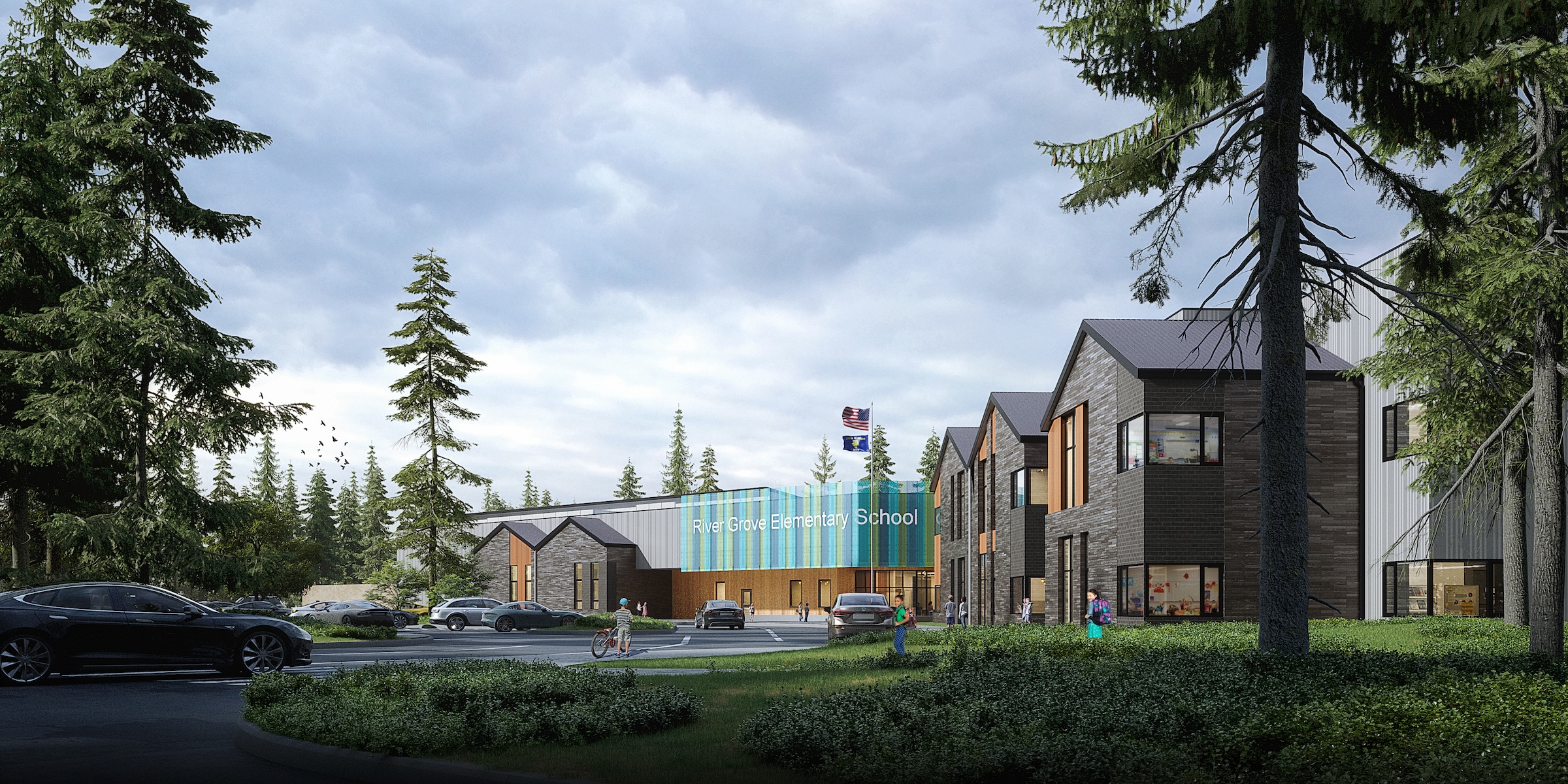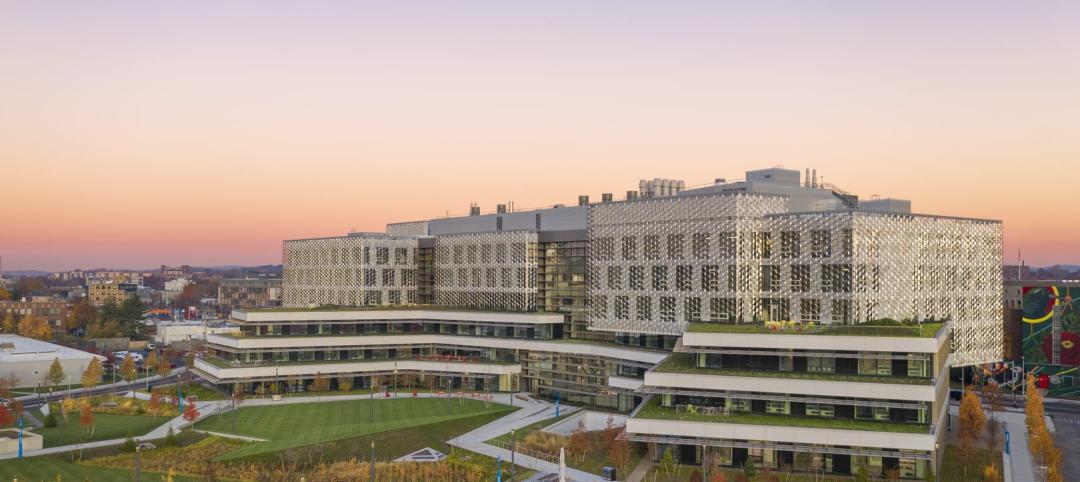River Grove Elementary School in Lake Oswego, Ore., was designed to be fully electric and resilient to natural disasters such as seismic events, storms, and wildfire. The roughly 78,000-sf school in a Portland suburb will feature a microgrid—a small-scale power grid that can operate independently from the area’s electric grid.
Design of the microgrid system was developed through a collaboration between the school district and the local utility provider. River Grove will be one of the first American schools to be constructed with a microgrid.
The structure is designed to a higher seismic factor as a Category IV building to serve as a resource for the local community in the event of an earthquake or other natural disaster. Portions of the building will continue to function during a prolonged power outage thanks to the large photovoltaic array and battery energy storage system.
The building has a sophisticated heating, cooling, and ventilation system, a critical feature in an area experiencing soaring temperatures during heatwaves in recent years. The region has also been impacted by smoke-filled air from forest fires and ice storms causing power outages for weeks.
River Grove is a replacement of a 1967 elementary school that existed on the same site. The previous 68,846 sf school was fully demolished, and students moved off-site to another school during construction.
The new school will provide classrooms, extended learning areas, an innovation lab, music room, stage, library, administration offices, gymnasium, kitchen, an outdoor covered play area, outdoor learning spaces, and play fields. The building is designed for a capacity of 600. The previous facility had a capacity of 575.
Construction kicked off in June 2022, with completion expected for the school’s opening in Fall 2024.
Owner and/or Developer: Lake Oswego School District
Design Architect: Arcadis
Architect of Record: Arcadis
MEP Engineer: Glumac
Structural Engineer: KPFF
General Contractor: Triplett Wellman
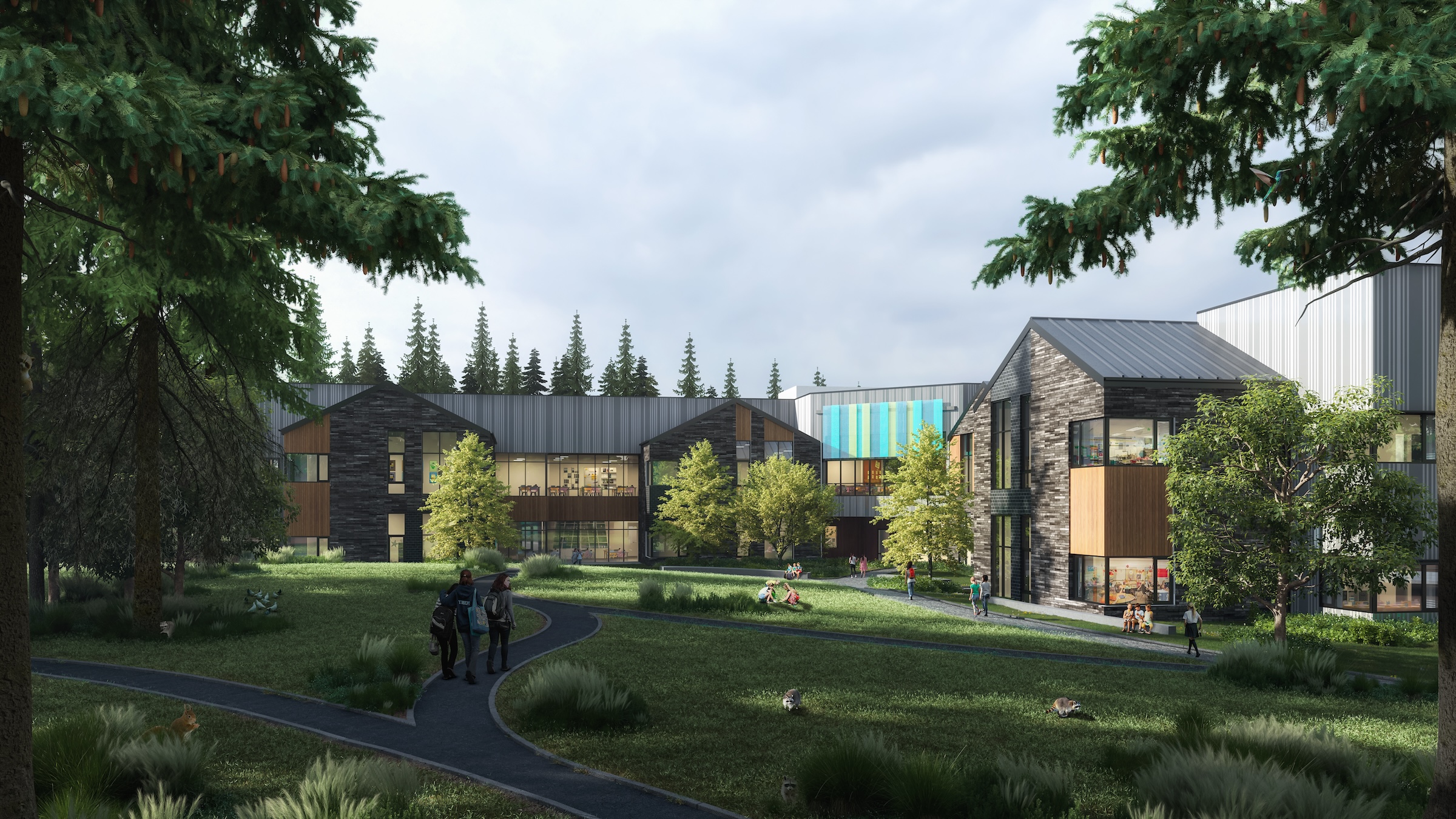
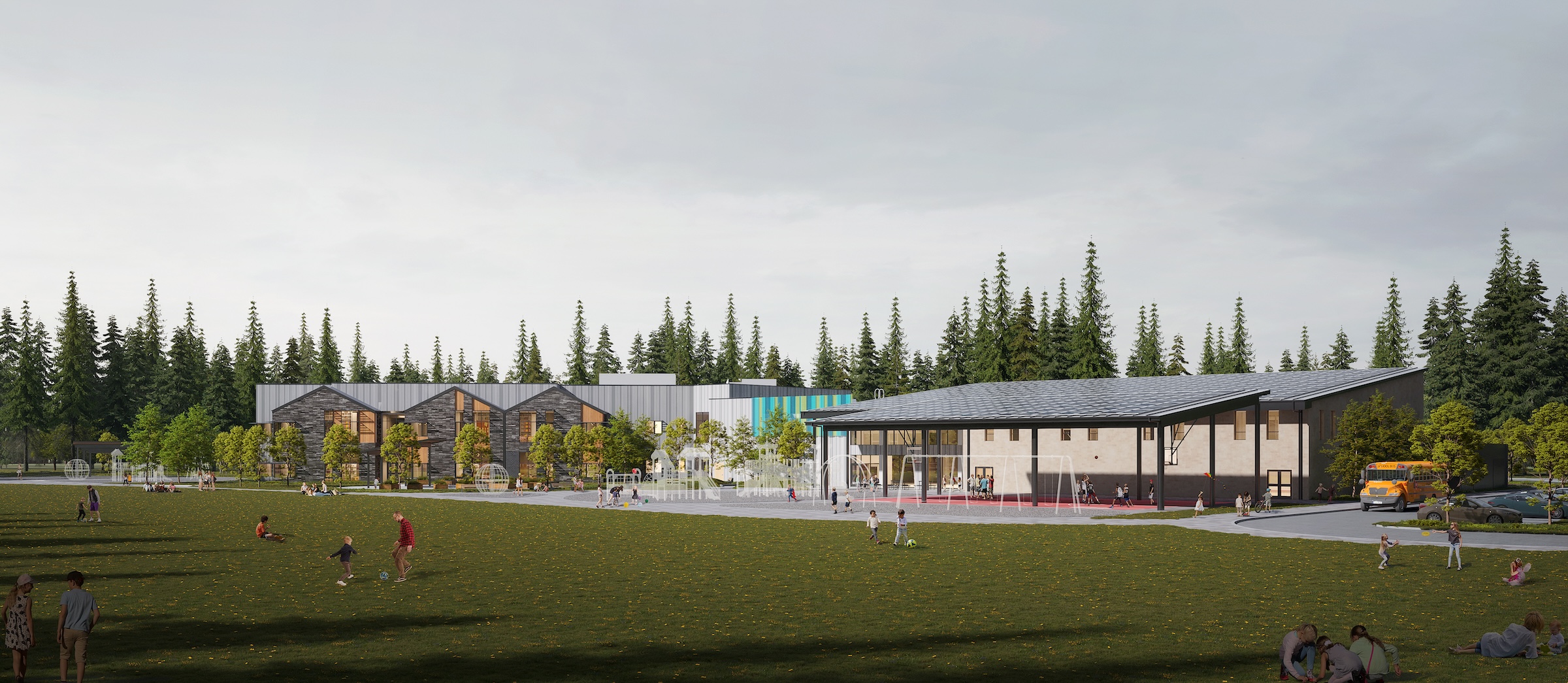
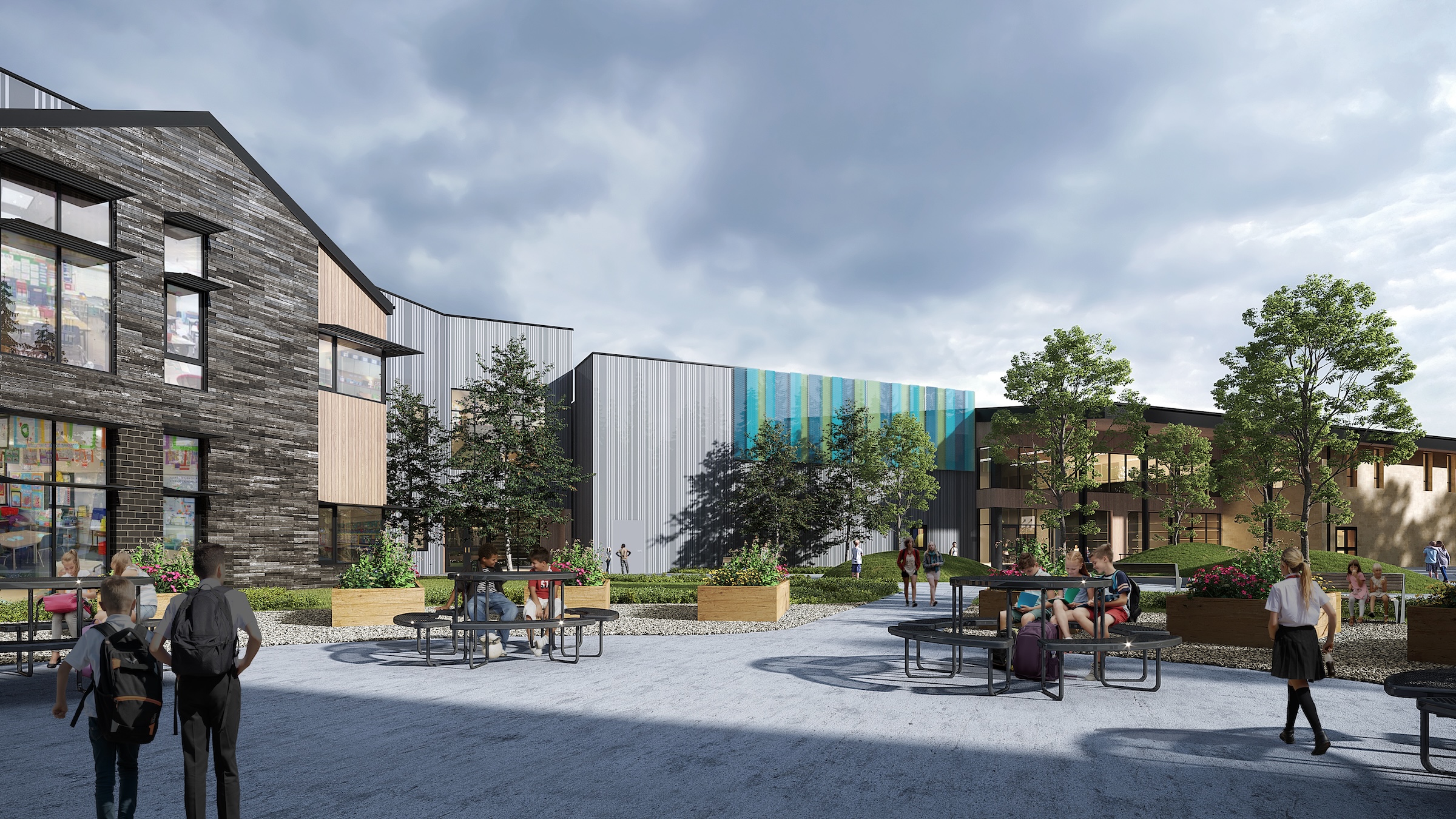
Related Stories
University Buildings | Apr 24, 2023
Solving complicated research questions in interdisciplinary facilities
University and life science project owners should consider the value of more collaborative building methods, close collaboration with end users, and the benefits of partners who can leverage sector-specific knowledge to their advantage.
Green | Apr 21, 2023
Top 10 green building projects for 2023
The Harvard University Science and Engineering Complex in Boston and the Westwood Hills Nature Center in St. Louis are among the AIA COTE Top Ten Awards honorees for 2023.
K-12 Schools | Apr 18, 2023
ASHRAE offers indoor air quality guide for schools
The American Society of Heating, Refrigerating and Air-Conditioning Engineers (ASHRAE) has released a guide for educators, administrators, and school districts on indoor air quality. The guide can be used as a tool to discuss options to improve indoor air quality based on existing HVAC equipment, regional objectives, and available funding.
K-12 Schools | Apr 13, 2023
Creating a sense of place with multipurpose K-12 school buildings
Multipurpose buildings serve multiple program and functional requirements. The issue with many of these spaces is that they tend not to do any one thing well.
Urban Planning | Apr 12, 2023
Watch: Trends in urban design for 2023, with James Corner Field Operations
Isabel Castilla, a Principal Designer with the landscape architecture firm James Corner Field Operations, discusses recent changes in clients' priorities about urban design, with a focus on her firm's recent projects.
Market Data | Apr 11, 2023
Construction crane count reaches all-time high in Q1 2023
Toronto, Seattle, Los Angeles, and Denver top the list of U.S/Canadian cities with the greatest number of fixed cranes on construction sites, according to Rider Levett Bucknall's RLB Crane Index for North America for Q1 2023.
University Buildings | Apr 11, 2023
Supersizing higher education: Tracking the rise of mega buildings on university campuses
Mega buildings on higher education campuses aren’t unusual. But what has been different lately is the sheer number of supersized projects that have been in the works over the last 12–15 months.
Contractors | Apr 10, 2023
What makes prefabrication work? Factors every construction project should consider
There are many factors requiring careful consideration when determining whether a project is a good fit for prefabrication. JE Dunn’s Brian Burkett breaks down the most important considerations.
Smart Buildings | Apr 7, 2023
Carnegie Mellon University's research on advanced building sensors provokes heated controversy
A research project to test next-generation building sensors at Carnegie Mellon University provoked intense debate over the privacy implications of widespread deployment of the devices in a new 90,000-sf building. The light-switch-size devices, capable of measuring 12 types of data including motion and sound, were mounted in more than 300 locations throughout the building.
Architects | Apr 6, 2023
New tool from Perkins&Will will make public health data more accessible to designers and architects
Called PRECEDE, the dashboard is an open-source tool developed by Perkins&Will that draws on federal data to identify and assess community health priorities within the U.S. by location. The firm was recently awarded a $30,000 ASID Foundation Grant to enhance the tool.


